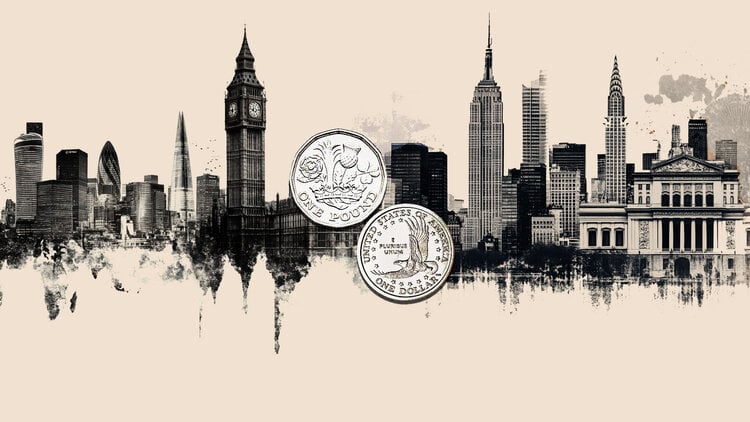A study released by the Institute of Economic and Applied Research (Ipea) this Monday (16) shows that, in April, when analyzed by income bracket, the impact of high inflation remains greater for the lower-income population, although the phenomenon was detected in all groups analyzed.
In the high-income segment, higher than R$17,260.14 per household, inflation was 1%, according to the Ipea Inflation Indicator by Income Range.
At the other end, for very low income, less than R$ 1,726.01, the variation was 1.06%.
Over the first four months of 2022, the very high income segment sees inflation of 3.7%, against 4.5% for very low income.
In the 12-month period, the first group deals with rates of 10.8%, against 12.7% for the second.
IPEA, a federal agency linked to the structure of the Ministry of Economy, works with six income brackets.
In the three lowest, the largest contribution to inflation in the period came from the group of food and beverages.
For the other three, the main impact was felt in transport.
In food, the main pressure points in household food were potatoes (18.3%), milk (10.3%), soybean oil (8.2%), beans (7.1%) and French bread (4, 5%).
The beverage and food group accounted for 61% of all inflation in the segment in April.
For the highest income bracket, this role fell to transport, which provided 60% of the period’s increase.
Inflation concentrated in airline tickets (9.5%), ethanol (8.4%), diesel (4.5%), transportation by application (4.1%) and gasoline (2.5%).
IPEA also highlights that the high inflation rate was attenuated for all income brackets thanks to the 6.3% reduction in electricity tariffs.
“This relief was more intense for lower-income families, given the high weight of this item in their consumption baskets”, says the work.
The data for the last 12 months, for the lowest income, are mainly driven by in-natura foods: carrots (up 178.1%), tomatoes (103.3%) and potatoes (63.4%).
In housing, the main impacts are from gas cylinders (32.2%) and electricity (20.5%).
In the highest income bracket, the pressure of 12 months is most present in fuels: natural gas for vehicles (45.2%), ethanol (42.1%) and gasoline (31.2%).
These variations affected the transport segment, such as travel by app cars (67.2%) and taxis (14.3%) and airline tickets (14.3%).
Source: CNN Brasil
I am Sophia william, author of World Stock Market. I have a degree in journalism from the University of Missouri and I have worked as a reporter for several news websites. I have a passion for writing and informing people about the latest news and events happening in the world. I strive to be accurate and unbiased in my reporting, and I hope to provide readers with valuable information that they can use to make informed decisions.







